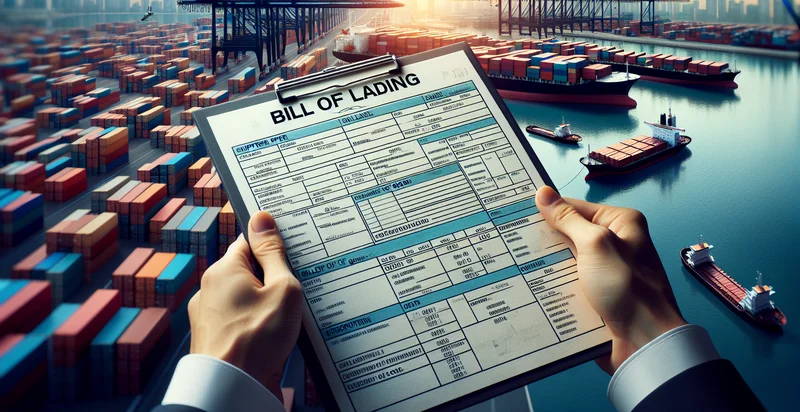Identify language of trade agreement
using AI
Below is a free classifier to identify language of trade agreement. Just input your text, and our AI will predict the classification of trade agreements across different categories. - in just seconds.

Contact us for API access
Or, use Nyckel to build highly-accurate custom classifiers in just minutes. No PhD required.
Get started
import nyckel
credentials = nyckel.Credentials("YOUR_CLIENT_ID", "YOUR_CLIENT_SECRET")
nyckel.invoke("language-of-trade-agreement", "your_text_here", credentials)
fetch('https://www.nyckel.com/v1/functions/language-of-trade-agreement/invoke', {
method: 'POST',
headers: {
'Authorization': 'Bearer ' + 'YOUR_BEARER_TOKEN',
'Content-Type': 'application/json',
},
body: JSON.stringify(
{"data": "your_text_here"}
)
})
.then(response => response.json())
.then(data => console.log(data));
curl -X POST \
-H "Content-Type: application/json" \
-H "Authorization: Bearer YOUR_BEARER_TOKEN" \
-d '{"data": "your_text_here"}' \
https://www.nyckel.com/v1/functions/language-of-trade-agreement/invoke
How this classifier works
To start, input the text that you'd like analyzed. Our AI tool will then predict the classification of trade agreements across different categories..
This pretrained text model uses a Nyckel-created dataset and has 48 labels, including Arabic, Bengali, Bulgarian, Burmese, Croatian, Czech, Danish, Dutch, English and Estonian.
We'll also show a confidence score (the higher the number, the more confident the AI model is around the classification of trade agreements across different categories.).
Whether you're just curious or building language of trade agreement detection into your application, we hope our classifier proves helpful.
Related Classifiers
Need to identify language of trade agreement at scale?
Get API or Zapier access to this classifier for free. It's perfect for:
- Trade Compliance Monitoring: This use case focuses on ensuring that trade agreements comply with language regulations specific to different countries. The identifier can classify documents to verify that the necessary legal language is included, helping companies avoid penalties and legal issues.
- Market Entry Strategy Evaluation: Businesses seeking to enter new markets can utilize the identifier to assess trade agreements written in the language of the target region. This ensures that local trade practices and regulations are understood, facilitating informed decision-making and risk assessment.
- Contractual Language Standardization: Companies with multiple international agreements can leverage the identifier to establish a standardized language framework. This ensures consistency across contracts, reducing misunderstandings and improving the efficiency of legal negotiations.
- Translation Resource Optimization: The identifier can assist in identifying the need for translation services by categorizing documents based on the language of trade agreement. This allows organizations to allocate resources effectively, ensuring accurate translations where necessary.
- Cross-border Dispute Resolution: In cases of disputes involving trade agreements, the language identifier can be crucial in ensuring that the correct legal terminology is adhered to. This can help legal teams streamline their analysis and resolution strategies based on the specific language used in the agreement.
- Risk Assessment in Mergers and Acquisitions: During M&A due diligence, the identifier can classify existing trade agreements to assess potential risks related to language differences. Understanding the nuances in language can lead to better integration strategies post-acquisition.
- Automation of Document Processing: Businesses can integrate the identifier into their document management systems to automate the classification of trade agreements. This enhances productivity by quickly sorting documents based on their legal language, allowing teams to focus on more strategic tasks.


